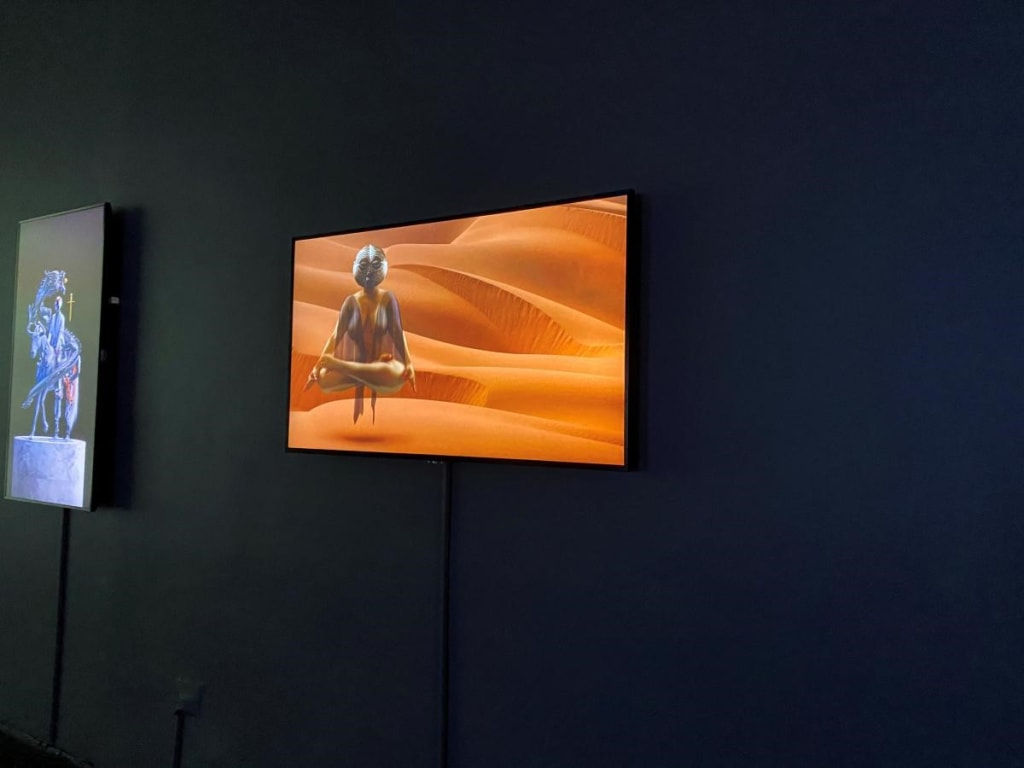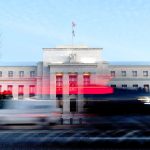#marketplace #NFT #technology #tangible #collectibles #digital #assets #collectors #money #metaverse #knightsbridgedao #TAM
$KNIGHTSUSD $CROWNSUSD
“2021 was NFTs mainstream moment, so it is time to look at the big picture”–Paul Ebeling
Overall this new asset class has captured the art and collectible market, unique on-chain assets are set to rapidly expand beyond profile pictures of punks and apes.
Investors are rushing into the sector with fast-growing online communities and a growing creator economy. An impressive one million users joined the waitlist for Coinbase’s NFT platform the 1 day it opened
As participants of the broader market familiarize themselves with the technology, there comes more utility and real-world integration, boosting the value of the already huge NFT market and further extending the paradigm shift from physical, to scarce digital goods.
Institutional capital is pouring into the sector But, despite representing this very culturally transformative technology and a market capitalization in the B’s, NFTs are somewhat illiquid. However, credit markets are starting to form, thus creating a new source of yield for the yield-starved sector.
Investors can benefit from their NFT holdings in more ways than a simple store of value. NFTs represent unique on-chain assets providing provenance and digital scarcity. As the world begins to move on-chain and the metaverse economy becomes commonplace, reliable infrastructure needs to follow along with it.
For a new asset class with a TAM (total addressable market) in the T’s, mark to market pricing, valuations and credit markets become a Key part of the space moving forward.
Participants are making a lot of money trading these collectibles, and the combination of market activity and high-profile sales has everyone looking for the next golden ape or alien eight-bit avatar. In fact, some ‘blue chip’ collections like Bored Ape Yacht Club and Crypto Punks are becoming digital country clubs, everyone wants to be a member.
Some profile picture collections and digital art pieces are commanding prices rivaling tangible works from Picasso, Monet and Van Gogh. But despite an active marketplace worth billions of dollars, there is no way to unlock any of that value other than selling the piece in question, and losing the perks came with owning that asset.
Once a standard is formed for appraising the ranking of collections, the perceived value of the asset in question can be validated, providing lenders with the confidence DAO bankers need to grant loans based on solid valuations.
Unlocking the liquidity of high-value NFTs will allows holders who have amassed a substantial portfolio to fully take advantage of their collection as collateral for other investment opportunities without parting with it as they can with a physical collection in the traditional art world.
Unlike tangible collectibles, some of these digital assets also have utility for their holders. Owning a certain NFT could grant access to exclusive art communities, events and passive opportunities, such as token yields or play-to-earn games.
As the metaverse expands, plots of land are already being sold for massive amounts, and owning virtual real estate could very soon be a lucrative means of income via leasing.
Now with just 20% of Americans active in the NFT space, we are just getting started.
Names like Coinbase and FTX are deploying their NFT platforms, the market will see a massive influx of new investors. With the financialization of NFTs, this market begins to more closely resemble modern art markets, and that in turn will help to onboard more participants.
Integrating these protocols is the next step for the NFT industry and will benefit not only creators and holders but also the marketplaces they interact in and with.
Have a prosperous day, Keep the Faith!









